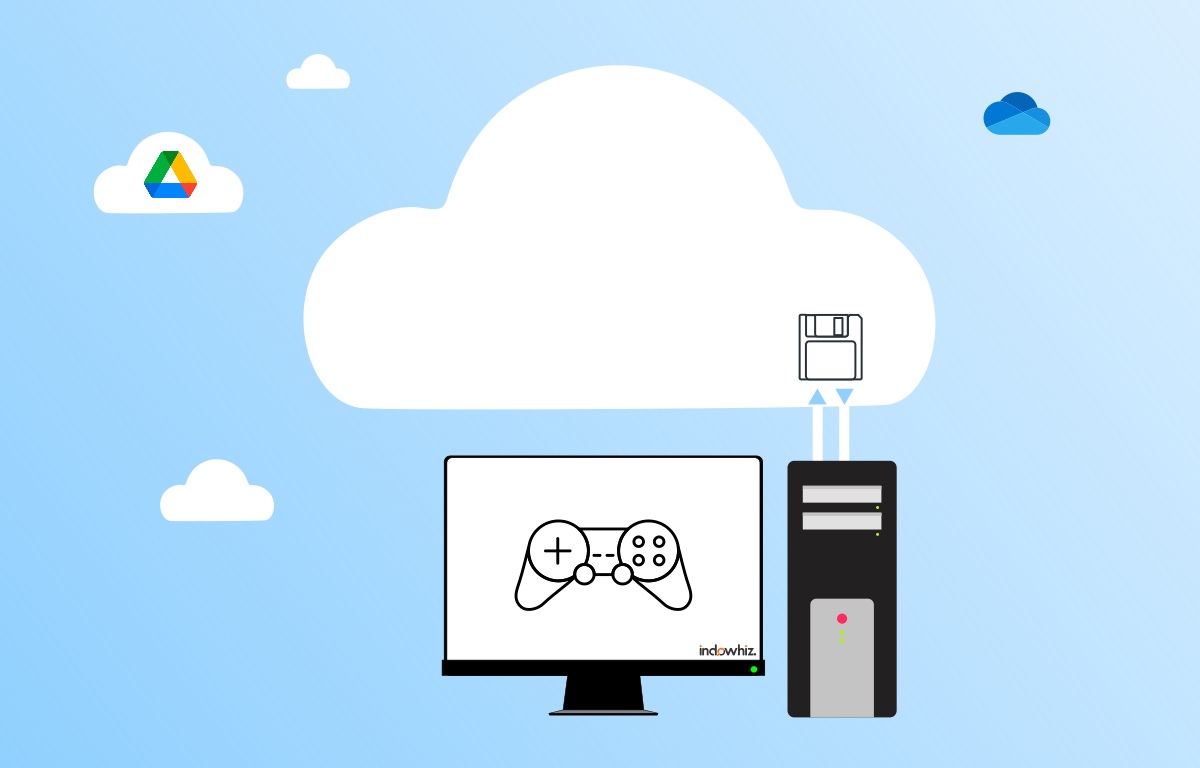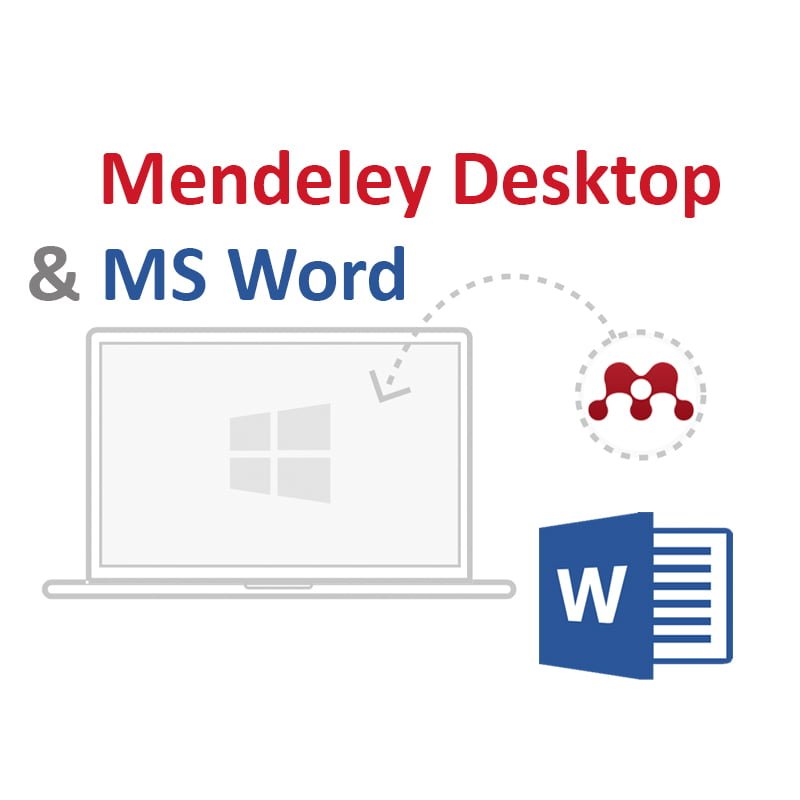Ever been deep into an awesome game, only to find out you can’t quickly resume your progress on another computer? We’ve all felt that sinking feeling. The truth is, not all games, especially classic offline titles, emulator favorites, and even some newer ones on Steam or Epic Games, come with built-in cloud saves. This means you’re stuck manually copying those precious save files whenever you want to switch machines.
But wait, there’s a way!
There’s a clever trick using cloud storage that lets you create your own personal cloud save system. Let’s ditch the copy-paste routine and keep your progress moving smoothly across any PC!
Step 1: Pick your cloud storage and set it up
Before we dive into the magic of cloud saves, let’s grab a trusty cloud storage app. This will be your home base for all your game saves, accessible from any computer.
- Pick your cloud storage
There are tons of great cloud storage options out there, like OneDrive, Google Drive, or iDrive. Most offer free storage space to get you started (check their websites for details!). - Install the software
Download and install the cloud storage software on your computer. It’s usually a quick and painless process. Once you’re done, follow the app’s instructions to create your account and claim your free storage space. - Create your cloud game saves folder
Open your cloud storage and create a new folder called “Cloud Game Saves” or anything you like. This will be your central hub for all your game progress! - Organize by game
Inside “Cloud Game Saves,” create subfolders with the names of your favorite games. This way, you can easily find your specific saves later on.
Step 2: Move your game saves to the cloud
Now that you’ve got your shiny new cloud storage folder ready, it’s time to grab those precious save files! Here’s what to do:
- Locate your save files
First, you’ll need to find where your game stores its save files. This location can vary depending on the game, but it’s usually tucked away somewhere in your user folders (like Documents, AppData, or Local).
Tip: A quick Google search for “[game name] PC save file location” should point you in the right direction. - Take note of the path
Once you’ve found your game’s save folder, take note of the entire file path. This will come in handy later when we create the link. - Move the files:
Once you’ve found the original save file folder, it’s time to move everything to your cloud storage. You can simply drag and drop the entire folder into your designated cloud game saves folder. For example, move it to “Cloud Game Saves/Game Name/.”
That’s it! Your save files are now safely nestled in the cloud, waiting for you to access them from any PC. We’ll use that file path you noted down in the next step to create a special link so your game can find its saves in their new cloud home.
Step 3: Creating a directory junction
This step might sound fancy, but don’t worry, it’s actually pretty cool! We’re basically creating a special link that tells your games to look for saves in your cloud storage folder, even though they’ll still seem to be in the usual game save location.
We’ll use a built-in Windows tool called mklink. It might sound complicated, but the command is actually pretty straightforward. Here’s what it looks like in the command prompt:
mklink /j [Link] [target]Let’s break down an example to make things crystal clear.
Imagine your cloud storage folder for saves is named “Cloud Game Saves/My Game Name” inside your OneDrive, and your game typically saves files in a folder called “My Game Name” within “AppData\Local” on your C drive.
Here’s how the command would look to create the tunnel:
mklink /j "C:\Users\YourUsername\AppData\Local\My Game Name\Save File" "C:\Users\YourUsername\OneDrive - MyAccount\Cloud Game Saves\My Game Name\Save File"In this example,
"C:\Users\YourUsername\AppData\Local\My Game Name\Save File"is the link (the shortcut that will appear in the game)."C:\Users\YourUsername\OneDrive - MyAccount\Cloud Game Saves\MyGame\Save File"is the target (the actual location of your save files in the cloud).

By running this command, you’ve created a link that tricks the game into thinking the saves are where they normally are, while they’re actually safe and sound in your cloud storage!
Important Note:
You’ll need to repeat this process (creating the directory junction) on all your other computers where you want to play this game with your cloud saves. Remember, replace the bracketed parts with your actual usernames and folder paths for both the link and target locations.
By following these steps, you’ve successfully created a directory junction that keeps your game saves safe in the cloud while making them easily accessible to your game no matter which computer you use!
Step 4: Play the game and test it
Now, it’s time to fire up your game and see if your awesome cloud save system works.
- Open your favorite game and try to load your save file. See if your game loads your progress normally.
- Play the game for a moment, save it.
- If you have another computer, log in to your game there.
Can you access the same save file you just used? This confirms your cloud save system works flawlessly across multiple devices.
Troubleshooting
Even with this awesome cloud save setup, there might be a few bumps in the road sometimes. Don’t worry, these are usually easy to fix!
- Permission to make changes
Sometimes, to run themklinkcommand, you might need to open Command Prompt with admin rights. If you see a message about needing permission, try running the command prompt as an administrator. - Uploading in progress
If your saves don’t seem to be updating right away on another computer, it might just mean the cloud storage is still uploading everything. Give it a few minutes (or maybe grab a quick snack while you wait) and try again. You can usually check the status of your cloud storage app to see if things are still uploading. - Still Stuck? Let’s Find a Solution!
If you’re facing issues beyond these, the internet is a treasure trove of helpful resources! Search online for solutions specific to your game or cloud storage service. There are also online communities filled with friendly gamers who might have encountered the same problem and can offer some tips.
So, fire up your favorite game, conquer those levels, and explore new worlds – all with the peace of mind of knowing your progress is safe and sound in the cloud. We’d love to hear from you in the comments below! Let’s chat about your favorite games and how this trick has changed the way you play.



